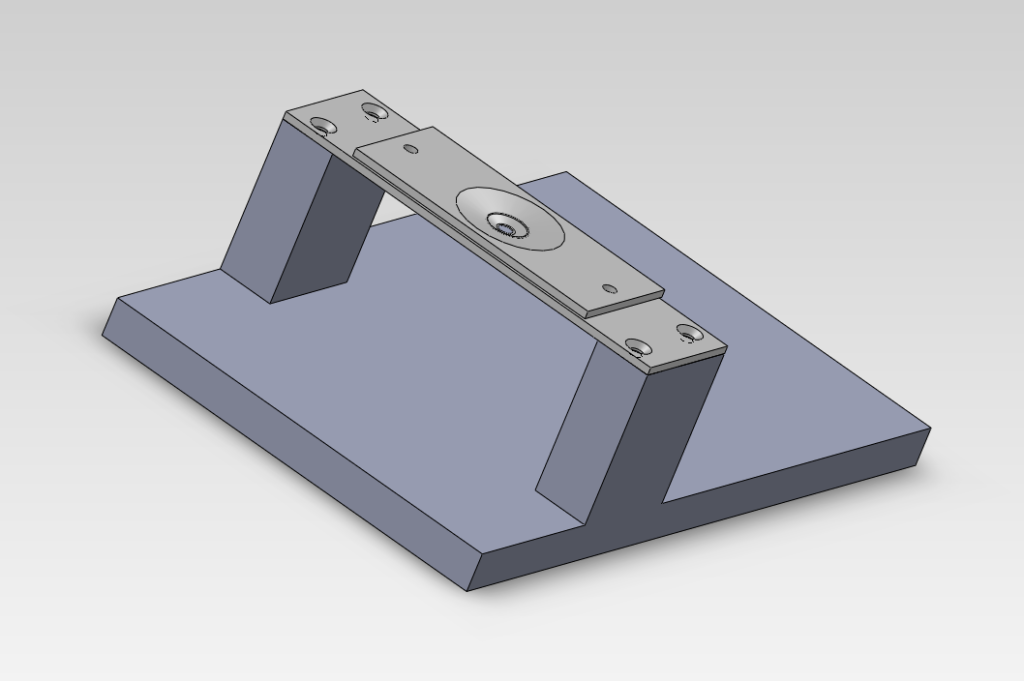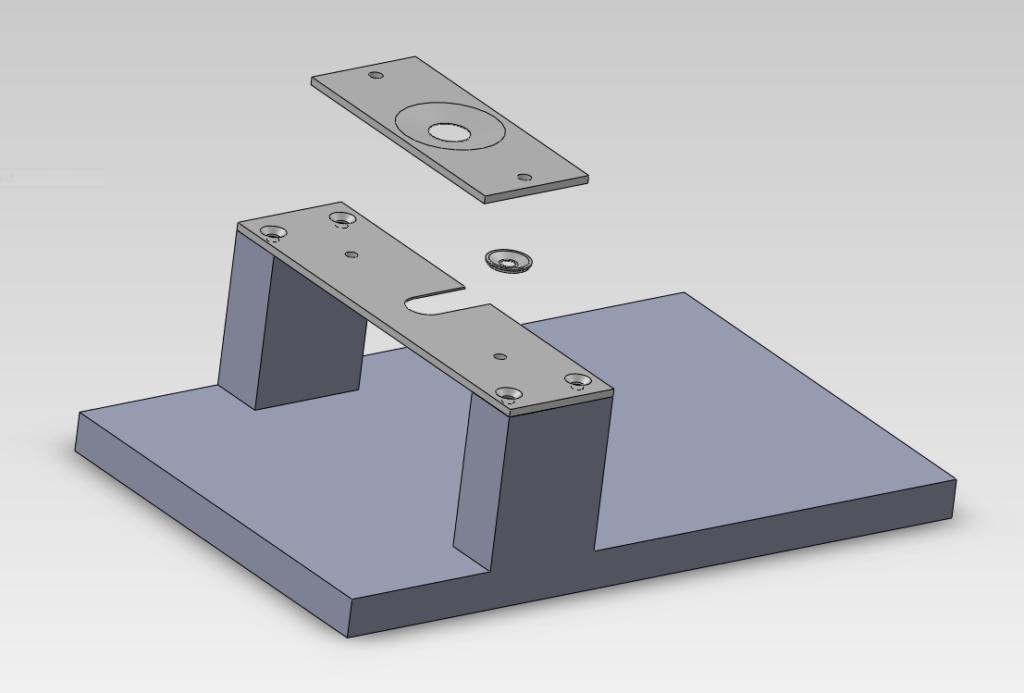Headplate designs


Multiphoton imaging with micron resolution in living animals can be challenging because they move. For brain imaging, the skull is usually rigidly anchored to some external apparatus. There are many different approaches to this. The first one I learned was using a simple titanium bar with two tapped holes. That’s what Josh Trachtenberg taught me for chronic spine imaging. It’s discussed in this paper.
Right now, SLAB uses a couple of different designs. The one we use the most is displayed above. We get a lot of requests for the designs, so instead of responding to individual requests, we’ve posted the machine drawings (PDF) and SolidWorks files (an inexpensive student version is available) to this GitHub page.
This is part of our efforts on disseminating technology with the Nemonic project, an NSF-funded NeuroNex Neurotechnology Hub.
The original design was by Benjamin Judkewitz, and is described here and here. We have made a range of modifications for our own experiments, including making some more complex headplates using 3D printing (those files are also included in the GitHub repository).